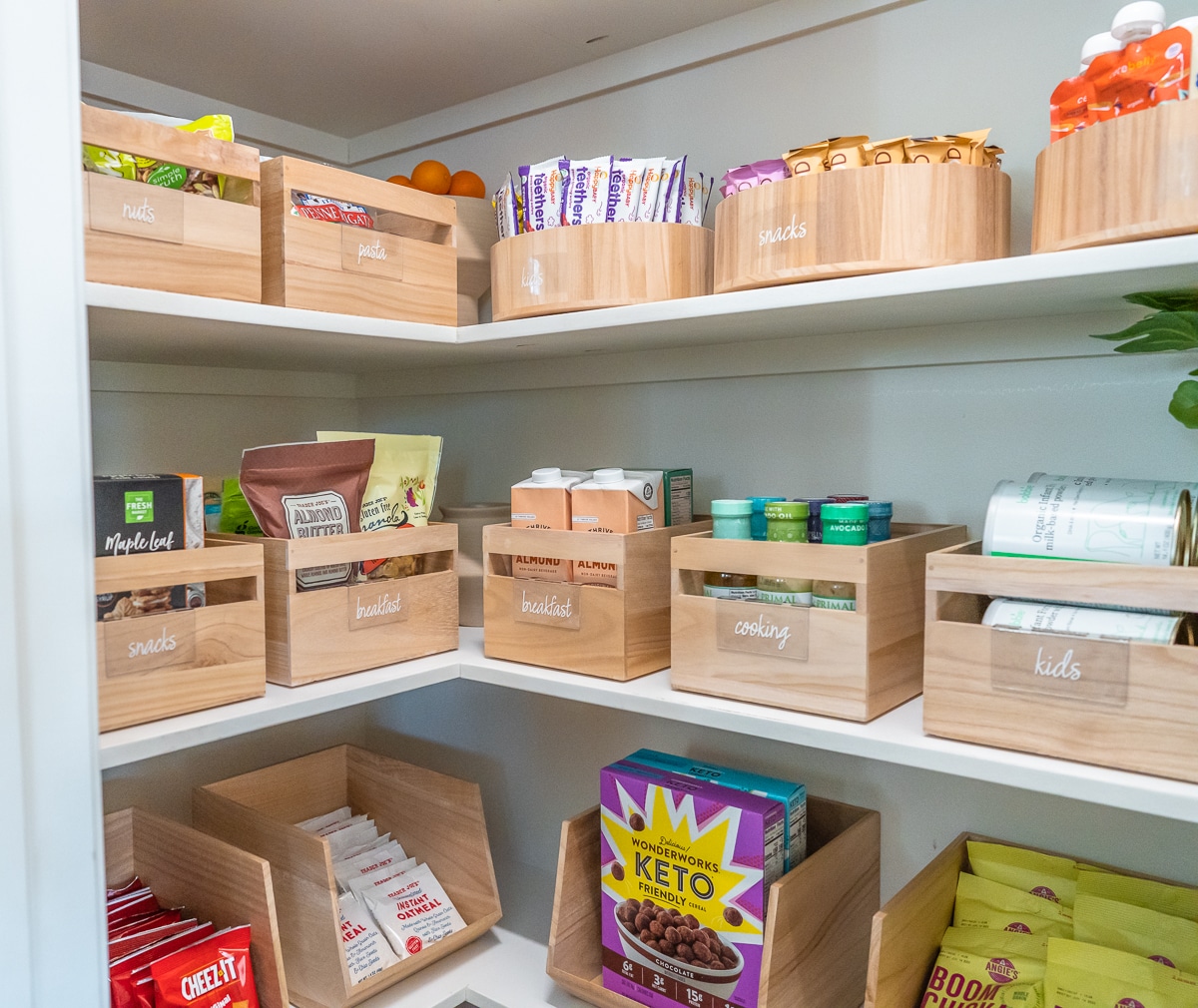Throughout our relationship, I’ve traveled down under three times to visit with Alex’s family. It didn’t take long to see the many similarities between his and mine. Turns out our parents are a lot alike, only with different accents! The world’s perception of Australians is pretty dead on: laid-back, cheery, playful, welcoming and can drink you under the table. I can confirm that all of these are true…plus so much more. From the moment I met them back in January of 2019, it was an easy love. I know in-laws get a bit of a bad rap, but I feel incredibly lucky to get to call these two beautiful humans my mother and father-in-law soon. Please meet Dianne and Shane Kavanagh, everyone!

After 24 hours of travel, we arrived to Nadi on Fiji’s main island extremely jet lagged and without much sleep. While flying with Fiji Airways was incredible, traveling with a baby is always harder and Nora couldn’t get comfortable on the plane(s) this time around for whatever reason. She’s getting bigger and would probably be more comfortable in her own seat, but we’re still taking advantage of that Lap Infant Special! Regardless of the travel struggles, I wouldn’t have it any other way. Showing Nora the world has truly been one of my greatest pleasures.

Alex’s parents arrived to the InterContinental Fiji Golf Resort and Spa a couple of hours after us refreshed and ready to go. It’s a hop, skip and a jump for them only being a 3.5 hour flight from Sydney! Fiji is to Australia as the Caribbean is to the USA. That’s the best analogy I got. When it came time for our parents to actually meet, it was as if old friends were coming together in person for the first time. With the invention of FaceTime, they’ve definitely talked on the phone in recent years (who hasn’t, hi 2020)…but some things are kept sacred for real life. Hugs were exchanged and many cheers’d beers were had.

Alex and I have always joked about how similar our moms are – they both exude so much warmth, kindness, fun, and love for cooking (and wine). Even our dad’s families have strikingly similar stories from their upbringing. We both have two siblings including sisters named Lauren who are the exact same age with two kids. The list goes on and on..

Fiji is my new favorite pacific island nation. Coming here, we had one agenda: to have our parents meet. The old Lesley would have wanted to bop around and see ALL THE THINGS, but I really welcomed the relaxing, slow days at the InterContinental Fiji. It really is what tropical dreams are made of. The staff was absolutely outstanding. I’ve never met a hotel that was so loving to families, especially a happy-go-lucky 15 month old. Nora was addressed by name from the many men and women around the property, and it really was such a genuine love. We ate amazing food (best burger I’ve ever had in my life HANDS DOWN), we drank cold beverages, we played in the most fabulous family pool ever created, and we even got to step away for some excursions. The best part about traveling with two sets of grandparents? TWO sets of babysitters, duh!




I knew the love would be abundant, but I didn’t know how emotional I’d be when all was said and done. It came time for Alex’s parents to go back home, and I shed a few tears while saying goodbye. After such a challenging couple of years, it was so incredible to gather in this way again. Two families crossing borders to hug, smile, laugh and…cry. It was the best time in paradise, and I’m so happy that they get to say “great to see you again!” instead of “nice to meet you” this Fall.
The only hard part? The fact that there were six people fighting over Nora B! Perhaps that’s a sign that we need to start trying for baby number two…AFTER the wedding 🙂
Up next: More on my favorite things & what I wore in Fiji!















































